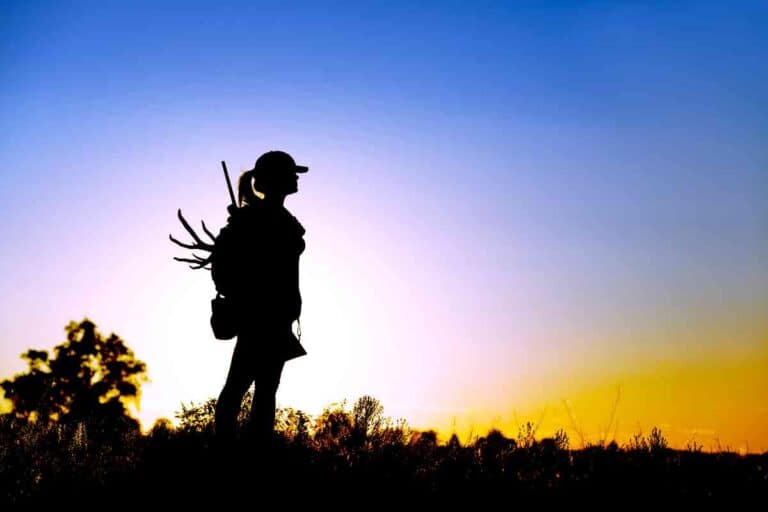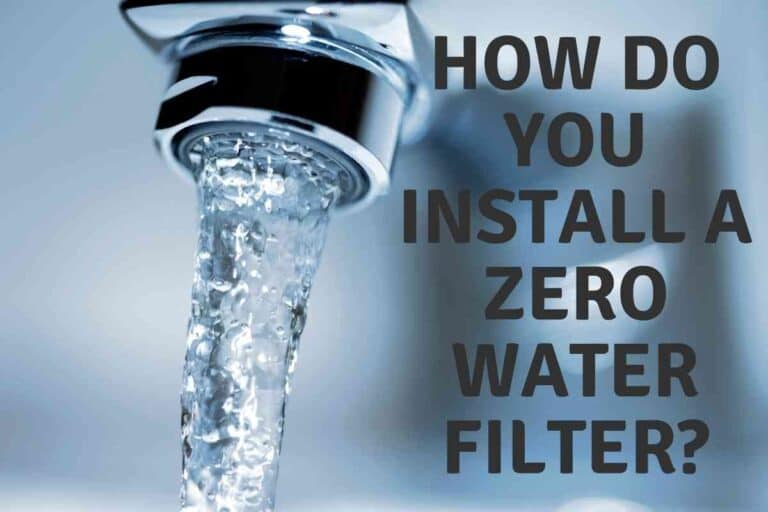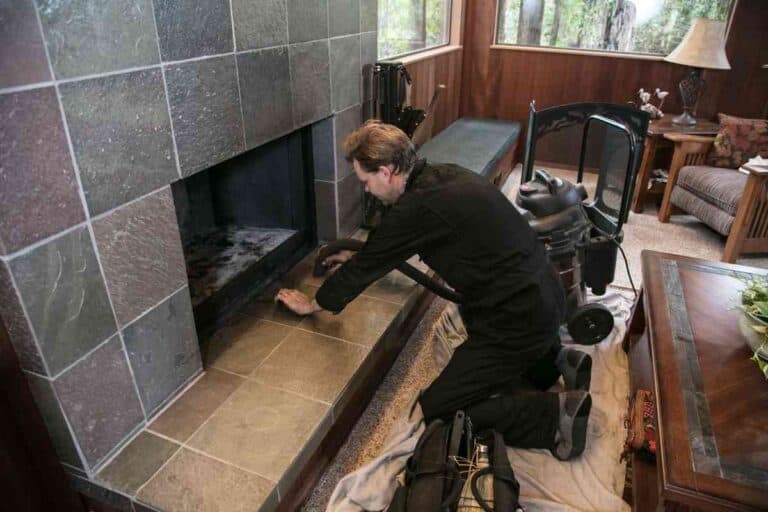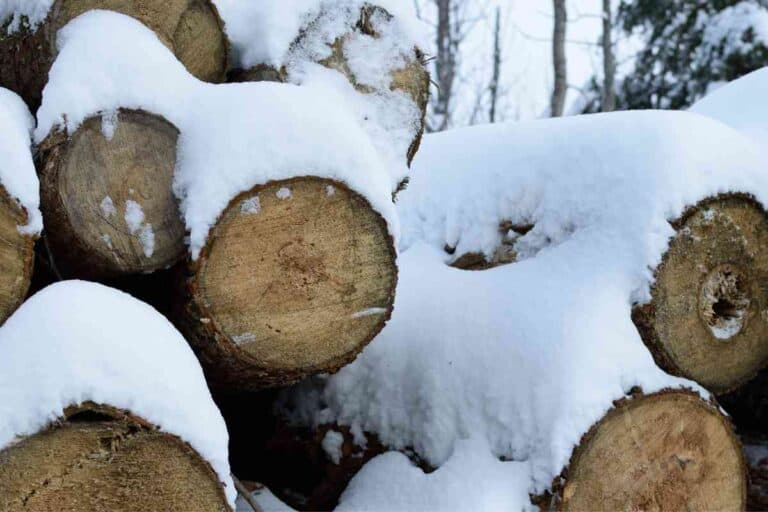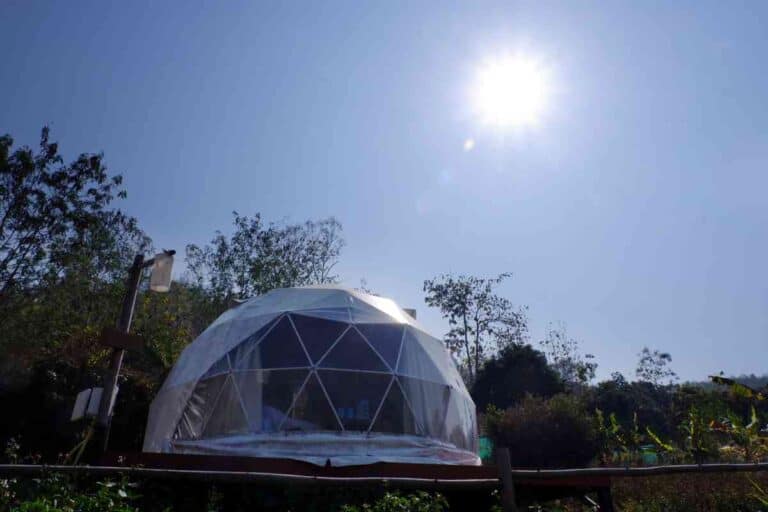How Hot Are Fireplace Coals? A By-Color Guide
It matters how hot a fire is when it comes to cooking and keeping warm. It is even more important when using a fireplace in the house.
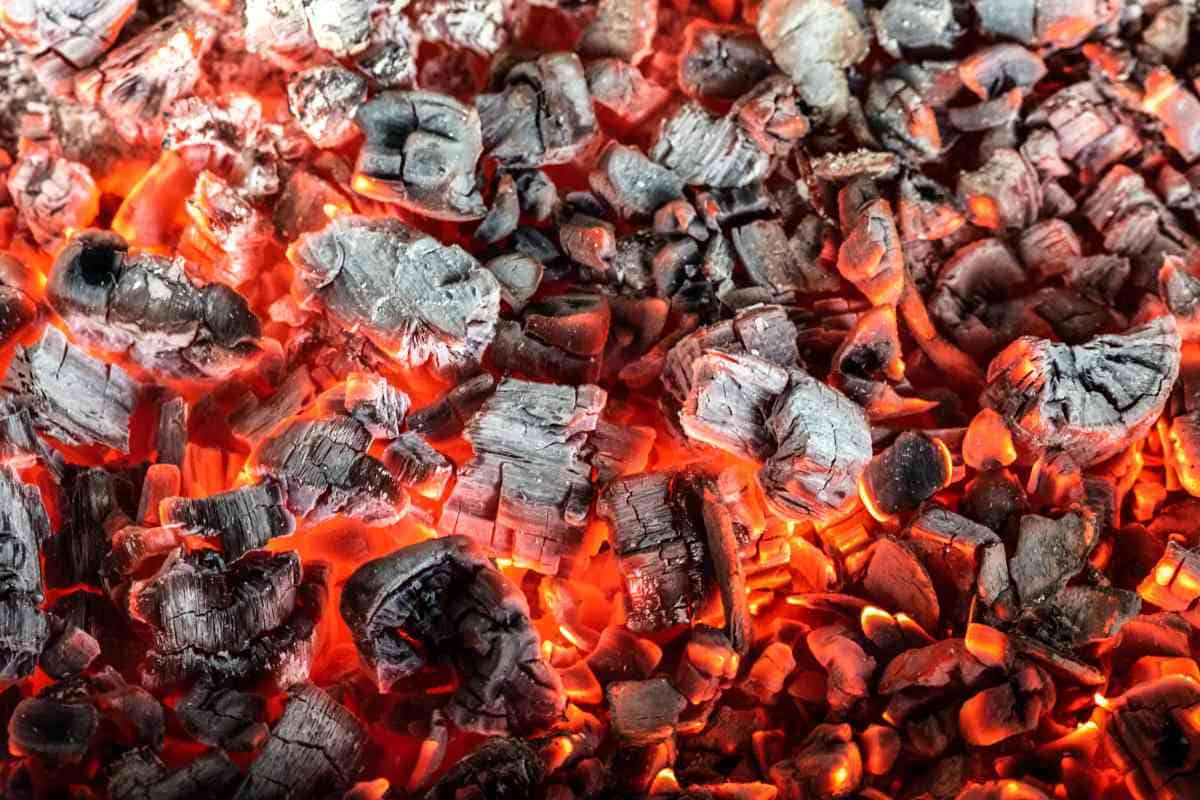
How hot are fireplace coals?
The core temperature of fireplace coals is between 1500 to 1650 degrees Fahrenheit or 815 to 898 degrees Celsius. When the bonfire is large, the heat level increases to 1093 degrees Celsius or 2000 degrees Fahrenheit. The heat depends on fuel used, oxygen levels and fire size.
Understanding Flame Temperatures by Colors
Campers have gathered valuable skills and information over the years. One is to identify the correct temperature for warmth and cooking by observing the fire flames’ color. In most cases, the campfire will be a mix of red, orange, and yellow, rarely blue.
However, there are variations in color shades that one must pay attention to. Understanding the colors and knowing what each represents is crucial.
Below is a rundown of the most common flame color variants campers observe every time they light a bonfire.
Dark Red
This is common when embers burn slowly. Usually, the primary fire has already died out. Temperatures in this kind of fire are often between 500 to 600 degrees Celsius or 900 to 1100 degrees F
Dull Red
Most campfires will have this color before they begin to burn brightly. Temperatures are often between 1100 to 1650 F/ 600 to 800 C.
Bright Red
This is the color of a campfire burning more intensely. Usually, temperatures range from 1650 to 1800 F/800 to 1000 C.
Orange Flames
These are often hotter than the core fire. It happens because both the air and gasses from the burning fuel burn at the same time. The flame temperatures are 1800 to 2100 F/1000 to 1200 C.
Bright Yellow
In most cases, flames are often bright yellow, with temperatures ranging from 2100 to 2500 F/1200 to 1400 C.
Bright White
Most campfires rarely get to the flame. This rare occurrence can only be achieved when large bonfires are involved.
Temperatures often get to 2500 to 2900 F/1400 to 1600 C.

Blue
This is a rare flame when considering campfires. The blue flame occurs mainly when natural gas burns. Usually, oxygen is supplied in large amounts, and the flame burns brightly.
Since campfires have insufficient oxygen supply, they are less likely to get the blue color. Blue flames often burn at 2500 to 2900 F/1400 to 1600 C.
Is there a Specific Level of Hotness Campfires Should Get to?
It does matter how hot the campfire gets if you want to stay warm and cook food correctly without contamination.
Unfortunately, since campfires are open fires, they are a little more challenging to regulate.
However, a typical campfire should be about 1500 degrees Fahrenheit at the center, and the plume should be approximately 600 degrees Celsius.
Simply put, a good campfire should be a mix of red and orange colored flames. This ideal temperature helps you cook food right and stay warm in the cold as a camper.
What is the Right Campfire for Cooking?
Cooking over a campfire requires special skills and attention. While most people will think intense fire is ideal, the opposite is true.
An excellent campfire for cooking should have even heat and be relatively low heat instead of extreme heat.
Note that the core of the fire is always hotter than the other sides, so you can always place the pot away from the fire’s center for moderate/ colder temperatures.
Low heat allows you flexibility when cooking on an open fire. Make sure to add fuel gradually and control the temperatures.
Adding a lot of fuel at once only leads to the heated dipping and then picking intensely, causing your food to burn rather than cook.
Get an adjustable stand to use over the fire. This allows you to bring down the cookware or return it to the fire.
While it is true that your fire will have varying temperatures, thanks to how the fuel burns, you can still be in control and regulate the cooking process by using a stand that places the cookware at a good height.
Is it Possible for Campfires to Melt Utensils?
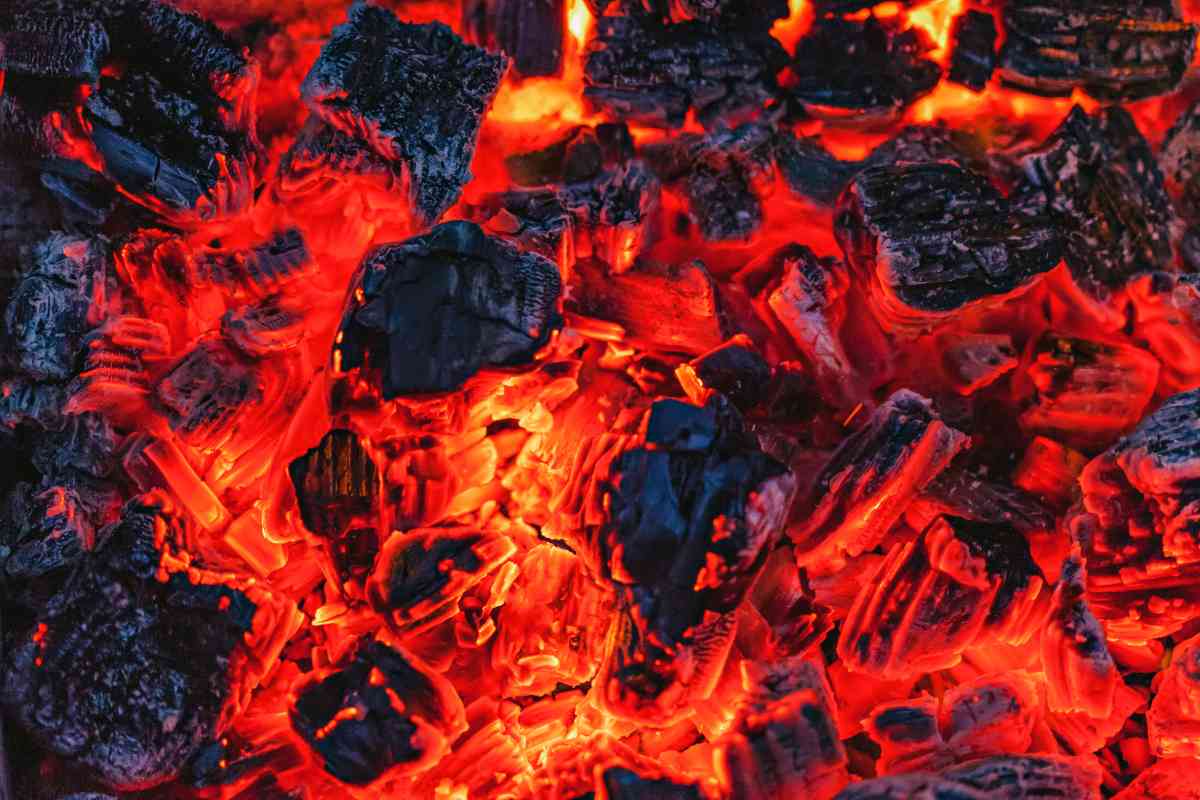
Typically, campfires are generally hotter than most fires used for home cooking. Therefore, they have the potential to melt utensils.
Choose more heat-resistant metals if you plan to cook over an open fire.
Some materials are better suited for hot campfires than others. For example:
Aluminum
With a melting point of 1220 F/660 C, it is best to avoid using aluminum cans and pots on campfires because they are likely to melt.
Cast Iron
These are ideal since they have a melting point of 2060 F/1130 C which is perfect except for blazing fires, the white or blue flaming fires, which are rare/ non-existent in campfires.
Stainless Steel
These pots/ cans are more resistant to heat, easier to clean, and safer to use. They have a melting point of 2750 F/1510 C.
What Affects Campfire Heat Levels?
Well, all campfires are not the same. Several factors influence the hotness of the flames. These include:
The Fuel Used
While most campfires are fuelled by wood, burning coal and fire accelerants is possible. Knowing how each wood fuel works helps you make the right decisions when picking the perfect camping heat source.
Hickory
This wood smokes and can add smoky flavor when grilling or using skewers. It also doesn’t absorb water.
Ash
Hot ash may be the ideal campfire wood since it smokes less, absorbs less to zero moisture, and is light in weight.
Oka
Burns slowly and hence is ideal for cooking meals that require a long time. It’s safe since it doesn’t have stray sparks.
Cedar
Ideal for keeping the campfire site warm since it emits sufficient heat despite not having massive flames.
Oxygen Levels
Fires that get enough oxygen supply burn brighter. Fanning can help if you want to get the fire going.
Fire Size
While small fires can get similar heat amounts to large ones, they may not omit radiant heat at the same level as large fires. Usually, bonfires are hotter than small fires because they have more oxygen supply and more fuel.
Key Takeaways
- The type of wood determines how the fire burns
- Camping fires are excellent but impossible to regulate
- Campfires keep campers warm and can be used to cook.

